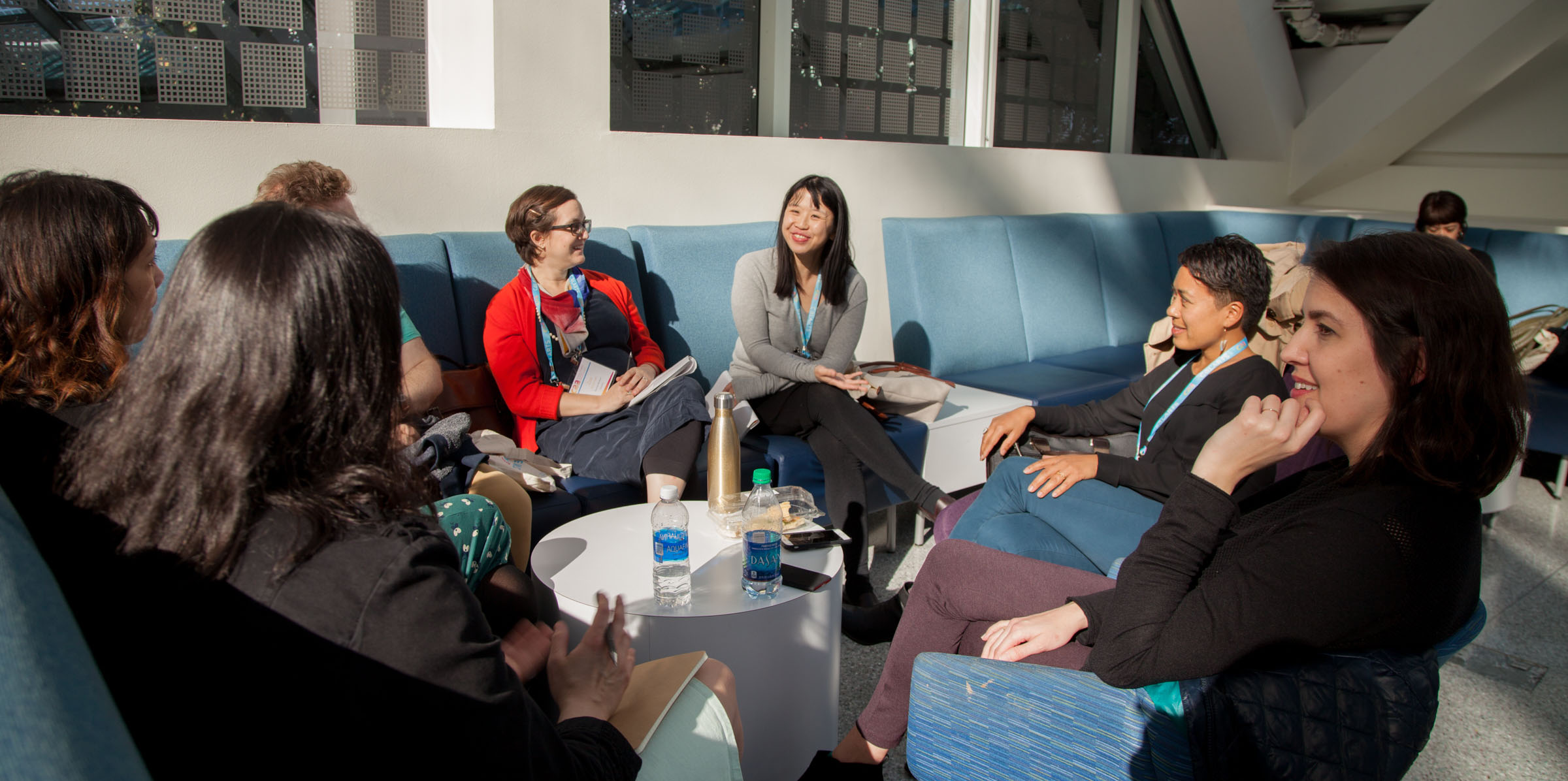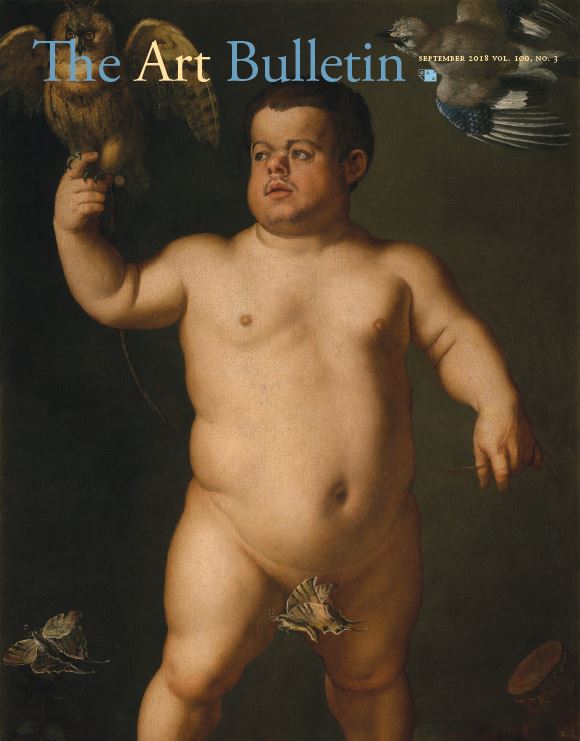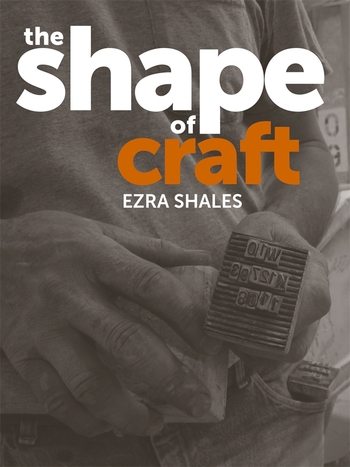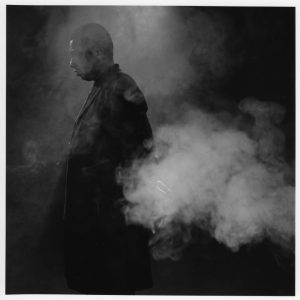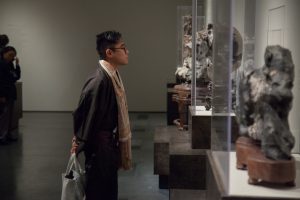CAA News Today
News from the Art and Academic Worlds
posted by CAA — October 24, 2018
Want articles like these in your inbox? Sign up: collegeart.org/newsletter
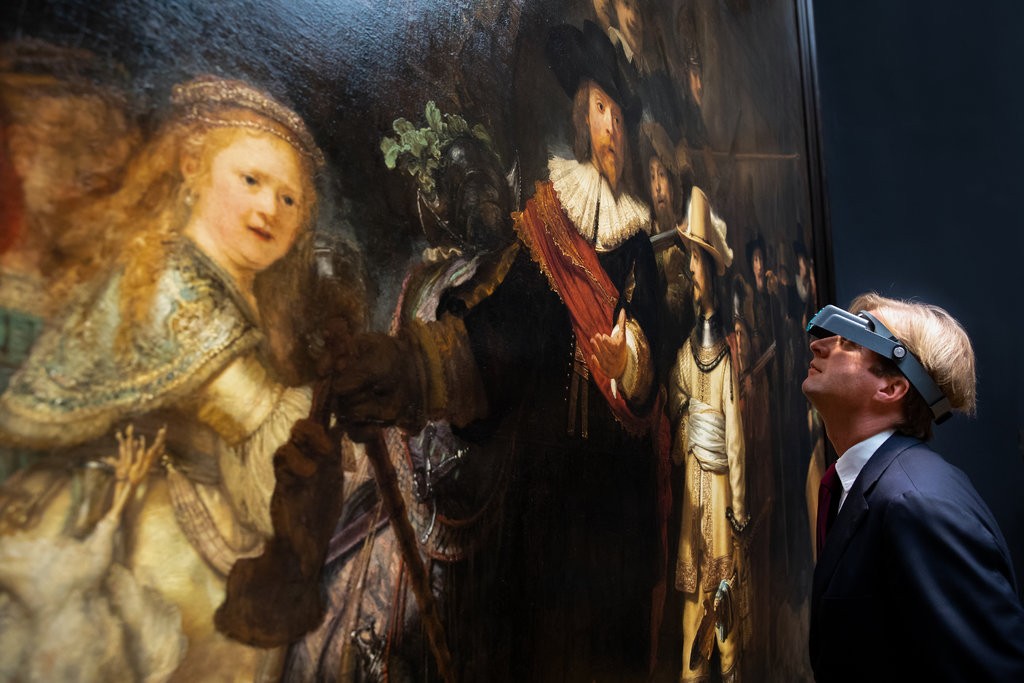
Taco Dibbits, the Rijksmuseum director, viewing the Night Watch. The work, by Rembrandt, will be restored in what Mr. Dibbits called the museum’s “biggest conservation and research project ever.” Credit: Rijksmuseum/Kelly Schenk via The New York Times
The Met and Brooklyn Museum Opt to Reject Saudi Funds
As the international outcry over the fate of Saudi journalist Jamal Khashoggi grows, ripple effects have reached the art world. (artnet News)
The Lawsuit Against Harvard That Could Change Affirmative Action in College Admissions, Explained
The trial is being closely watched for signs about the future of admissions processes across the country. (Vox)
‘Not Everything Was Looted’: British Museum to Fight Critics
The museum has faced criticism for displaying―and refusing to return―looted treasures, including the Parthenon Marbles, Rosetta Stone, and the Gweagal shield. (The Guardian)
Doctors Can Soon Prescribe Visits to Montreal Museum of Fine Arts
The museum says the one-year pilot project is the first such initiative in the world. (Montreal Gazette)
Rembrandt’s ‘Night Watch’ to Undergo Years of Restoration
The painting will remain on display so the public can observe the process. (New York Times)
How to Be Strategic on the Tenure Track
So how do you resist overworking when, in many instances, that seems the only path to tenure? (Chronicle of Higher Education)
Annual Conference Committee Chair Charlene Villaseñor Black on Why You Can’t Miss CAA 2019
posted by CAA — October 23, 2018
Charlene Villaseñor Black is Professor of Art History and Chicana/o Studies at UCLA and chair of the Annual Conference Committee for the 2019 Annual Conference in New York, February 13-16, 2019.
As a crucial player in the conference process, we asked Charlene to share her thoughts on the field, being a part of CAA, and what goes into making the conference a reality every year. Listen in or read her thoughts below.
So, chairing the Conference Committee is a huge job. We had a record number of submissions—there was a lot of reading—but it was also very exciting to see where our members are, and what kinds of things people are doing in terms of their artistic practice, what things art historians are thinking of. It was actually very exhilarating to read these submissions.
When I came on, agreed to do this, I had a couple of goals in mind, and the first one for me was diversifying CAA. Really broadening out what kinds of topics we were looking at. I was also interested in pulling in more people who are working on historic time periods. I’m someone who works on colonial, on early modern but I also work in contemporary Chicanx art. So I’m very much interested in seeing how differing fields can speak to each other, and I was also very much interested in studio art, and a little nervous about that because I actually think that dialogue with artists is extremely important for those of us who are historians.
The submissions that we read were very exciting. There are many different themes, a very diverse representation of subject areas. What was interesting to me was that several themes that transcend chronology or geography came out to me. There were a lot of panels on the politics of artistic production. There were a lot of panels looking at migration, immigration, globalism. There were a lot of panels looking at the environment, artistic practice in the environment. Materiality was another very important topic that I saw that’s still very popular.
So I was very attentive to the representation of historical panels for the annual conference. This is actually very important to me, and there were a lot of early modern panels. As someone who works on early modern colonial and contemporary, I really think about why history matters. And in this current political moment, I think we understand why history matters, and why facts matter. And thinking about the current migration crises in the world right now, the roots of those crises are really in the early modern period, during this period of European imperialism. So I actually think this is a moment when we can really speak to each other across time periods, across fields. It’s a really important moment for us to do that.
I hope that the biggest surprise about the conference is its incredible breadth, and the incredible range of interests that our members have, and people are working on in their studio practices, in their scholarship.
My very first CAA was in 1992. I was a graduate student. It was in Chicago, and I very clearly remember going to that first conference. I felt intimidated. I also remember very well, I think it was 1995, San Antonio. I was on the job market, but what I remember is that there were two Latin American panels. There were two colonial panels. They were scheduled at the same time unfortunately, but I remember presenting at that conference.
CAA is the major professional organization that I belong to. I’m also active in Latinx studies, but CAA for me feels like home. I was very fortunate to win one of the CAA Millard Meiss subventions early on for my first book. CAA to me is just fundamental in terms of you go to the conference, you see what everyone’s working on, what does the field look like at this moment? You see lots of old friends. You hopefully meet some new people.
The job market is a challenge right now for young scholars who are just finishing. Because of the fields I work in, I am very fortunate that my students have done really well. They tend to have multiple job offers. I had two people on the market this year, so I’m very grateful for that. I think it’s actually really important to broaden what it is we can teach and what we can talk about. Not just be highly specialized in twenty years of the 16th century, for example. It’s extremely important to have range, to be able to even move out of art history. A number of my students are also working in ethnic studies right now, and they’ve all done beautifully on the job market.
I think it’s also up to us to argue for the importance of what we do. Visual literacy could not be more important than it is at this particular moment. This is the most visual world that has ever existed, so that visual literacy argument is important for us to make, I feel.
So we had a record number of submissions this year, and I read a lot of them. I read hundreds of the submissions, and really allotted a lot of time to doing it, because you want to make sure you give every submission a fair read and a good read. You don’t want to be grouchy or tired when you’re reading someone’s submission. It’s their work. It’s very important. So I read I’m guessing 400 or 500 of the submissions. Yeah. I really wanted to get a sense of where everybody was.
The final decisions are made by a committee, by the Annual Conference Committee, and there were so many submissions this year that we pulled in extra readers. You want to have a very diverse group of readers because our knowledge tends to be very particular. For example, you want to make sure you have people who are in studio art reading studio art proposals. Somebody who understands maybe contemporary may not understand ancient pre-Columbian. So you want to have readers who are literate in a variety of areas able to read and fairly assess the submissions.
I think it’s really important, and I’m speaking as an advisor, as a mentor, as someone who’s also an editor, that I like it when we put our main idea out first or upfront. When we’re talking in a proposal submission, I think it’s important to not kind of unroll your way to the main point. So I think being direct can really help clarify what you’re talking about.
I think to be successful presenting, it is really important that you’re not just reading, looking down, reading your script. That even if you have to rehearse moments of engagement with the audience, that will really enliven the presentation. Take time to look at the images you’re talking about, to point out things in the images. Take time to engage directly with your audience, make eye contact with them. I know when I’m working with students, it’s very important to tell people that you need to do those things, and to rehearse the paper so that you’re not stumbling—you know what you’re going to say before you say it.
I love the opportunity to connect with people that I haven’t seen since the last conference. I love seeing the latest work that’s happening in art history, and I love hearing artists talk about what they’re doing.
Charlene Villaseñor Black, whose research focuses on the art of the Ibero-American world, is Professor of Art History and Chicana/o Studies at UCLA. Winner of the 2016 Gold Shield Faculty Prize and author of the prize-winning and widely-reviewed 2006 book, Creating the Cult of St. Joseph: Art and Gender in the Spanish Empire, she is finishing her second monograph, Transforming Saints: Women, Art, and Conversion in Mexico and Spain, 1521-1800. Her edited book, Chicana/o Art: Tradition and Transformation, was released in February 2015. She is co-editor of a special edition of The Journal of Interdisciplinary History entitled Trade Networks and Materiality: Art in the Age of Global Encounters, 1492-1800, with Dr. Maite Álvarez of the J. Paul Getty Museum; and editor of a forthcoming issue of Aztlán focused on teaching Chicana/o and Latina/o art history. She has held grants from the Getty, ACLS, Fulbright, Mellon, Woodrow Wilson Foundations and the NEH. While much of her research investigates the politics of religious art and global exchange, Villaseñor Black is also actively engaged in the Chicana/o art scene. Her upbringing as a working class, Catholic Chicana/o from Arizona forged her identity as a border-crossing early modernist and inspirational teacher.
Join a Jury for CAA Professional Development Fellowships
posted by CAA — October 23, 2018
The CAA Professional Development Fellowships in Visual Art and Art History jury is currently looking for members.
The deadline is October 26, 2018.
CAA Professional Development Fellowships in Visual Art and Art History
The fellowship juries award $10,000 each to one visual artist completing an MFA and one art historian completing a PhD in the coming year. There are currently two vacancies on the jury awarding the fellowship in art history and three vacancies on the jury awarding the fellowship in visual art. Candidates for the art history jury must be actively publishing scholars with demonstrated seniority and achievement; candidates for the visual arts jury must be actively producing artists with a track record of exhibitions. Institutional affiliation is not required.
Jury members review applications once per year and confer by conference call. All jurors serve for a three-year term. Candidates must be CAA members and should not currently serve on another CAA editorial board or committee. CAA’s president and vice president for committees appoint jury members for service. Jury members may not themselves apply for a grant in this program during their term of service. This is a volunteer position without compensation.
Nominators should ascertain their nominee’s willingness to serve before submitting a name; self-nominations are also welcome.
Please send a letter describing your interest in and qualifications for appointment, along with a CV (two pages maximum) to nyoffice@collegeart.org.
Explore the Latest Issue of The Art Bulletin
posted by CAA — October 22, 2018
Print copies have been shipped. Click here to explore the digital version.
TABLE OF CONTENTS
Touch and Remembrance in Greek Funerary Art
Nathan T. Arrington
Iconoclasm’s Legacy: Interpreting the Trier Ivory
Paroma Chatterjee
Ingenuity in Nuremberg: Dürer and Stabius’s Instrument Prints
Alexander Marr
Portrait of a Renaissance Dwarf: Bronzino, Morgante, and the Accademia Fiorentina
Robin O’Bryan
Decolonizing Modernism: Robert Henri’s Portraits of the Tewa Pueblo Peoples
Allan Antliff
REVIEWS: Antiquities and Heritage
Marisa Anne Bass, Jan Gossart and the Invention of Netherlandish Antiquity
Stephanie Porras
Peter N. Miller, History and Its Objects: Antiquarianism and Material Culture since 1500
Ulf R. Hansson
Zeynep Çelik, About Antiquities: Politics of Archaeology in the Ottoman Empire
Frederick N. Bohrer
Mrinalini Rajagopalan, Building Histories: The Archival and Affective Lives of Five Monuments in Modern Delhi
Santhi Kavuri-Bauer
Not a member? Click here to join CAA and explore the issue in full.
Elizabeth Guffey, Matt Ferranto, and Rebecca Mushtare
posted by CAA — October 22, 2018
The weekly CAA Conversations Podcast continues the vibrant discussions initiated at our Annual Conference. Listen in each week as educators explore arts and pedagogy, tackling everything from the day-to-day grind to the big, universal questions of the field.
CAA podcasts are now on iTunes. Click here to subscribe.
This week, Elizabeth Guffey, Matt Ferranto, and Rebecca Mushtare discuss “Bringing Access to Design Practice: Teaching Inclusion in the 21st Century.”
Elizabeth Guffey is Professor of Art & Design History, State University of New York at Purchase.
Matt Ferranto is Associate Professor of Design, Westchester Community College.
Rebecca Mushtare is Associate Professor of Graphic Design, State University of New York at Oswego.
New in caa.reviews
posted by CAA — October 19, 2018
Jenni Sorkin reviews The Shape of Craft by Ezra Shales. Read the full review at caa.reviews.
John A. Tyson writes about Second Sight: The Paradox of Vision in Contemporary Art by Ellen Y. Tani. Read the full review at caa.reviews.
Tania Bruguera on Decree 349, the Criminalization of the Arts in Cuba, and How You Can Help
posted by CAA — October 18, 2018
In July 2018, the Cuban government issued Decree 349, legislation targeting the artistic community on the island nation. Under the decree, all artists—including collectives, musicians, and performers—will be prohibited from operating in public or private spaces without prior approval by the Ministry of Culture. It is slated to go into full effect on December 7, 2018.
CAA released a statement of opposition to the decree last month. Recently, CAA media and content manager Joelle Te Paske corresponded with artist, activist, and 2016 CAA keynote speaker Tania Bruguera to learn more.
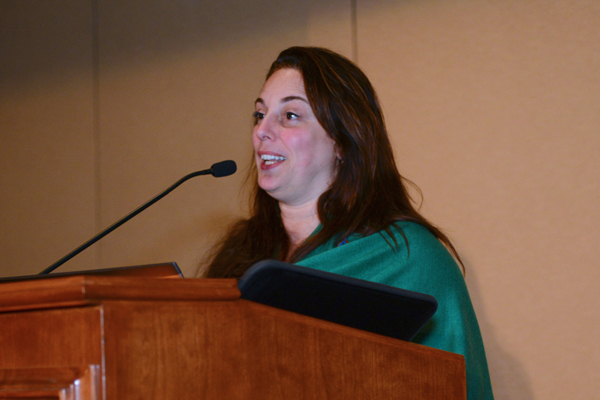
Tania Bruguera delivers the keynote address at the 2016 CAA Annual Conference in Washington, DC.
Joelle Te Paske: I’ve read that Decree 349 was signed in April and then announced without any consultation on July 10 in the government’s newspaper. How did you first find out about it?
Tania Bruguera: Decree 349 was signed by the new President of Cuba [Miguel Díaz-Canel] without consulting artists—something even the national newspaper had to admit in a recent article, which was ironically published to defend the decree. Also, it was not publicly known until almost six months after it was official, but that didn’t stop them from [moving to] apply it. It was used already with younger artists who participated in the alternative biennial when recording their artist ID registration, the only legal document that protects and allows someone to be an artist in Cuba. They also enforced it with us at the Instituto de artivismo Hannah Arendt (Hannah Arendt Institute of Activism), charging fines of $2,000 for not having permission from the Ministry of Culture to do what they call “artistic services” inside of my house. The last free space we had in Cuba was our homes—now with this law, they are also regulated spaces.
JTP: The decree is wide-ranging and applies to all cultural activity, not just visual art, is that right?
TB: Yes, they are cutting all the heads. There is a strong independent cinema movement, an alternative music scene, DIY theater, and new independent art galleries—they are all going to be gone. The government is presenting this decree as an innocent regulation, but it is in fact a muzzle to artists. We know that those permissions are not based on anything but ideological considerations, and it will be used as a blackmailing instrument. Also, it gives the government the right to decide who is and who is not an artist, what is and what is not art.
JTP: Luis Manuel Otero Alcántara, Amaury Pacheco, Iris Ruiz, Soandry Del Rio, and José Ernesto Alonso—artists who organized a protest performance on July 21—were arrested by Cuban police officials and charged with public disorder. Are tactics like this being used to intimidate artists who are speaking out?
TB: When you are protesting, when you get detained, you have already overcome your fears. In my experience, those repressive acts from the government consolidate your ideas. Confronting injustice unifies the group and makes people even more committed to fight. These detentions are designed to discourage by suggesting that your actions won’t change anything. They try to back you away from doing bigger collective demonstrations. Their absurd repression and disproportionate reaction to any small action shows how they are proving themselves wrong. But the real goal of all these engineered scare tactics is to intimidate those who are not protesting.
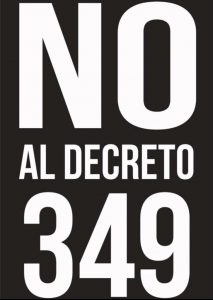
JTP: The decree specifically targets independent artists working without larger financial support structures. How do you think this will affect cultural life in Cuba?
TB: It is not a matter of finances at least for now—[the government] may use the same tactic of fake tax evasion charges that the Chinese government has used later on. Decree 349 also affects independent cinema which, comparatively, works with a larger budget. It is a matter of stopping artists from imagining, producing, and showing art independently. It is about the Ministry of Culture looking obsolete because it cannot control its artists, and so the law is intervening.
JTP: Amnesty International has written: “The lack of precision in the wording of the decree opens the door for its arbitrary application to further crackdown on dissent and critical voices in a country where artists have been harassed and detained for decades.” Would you agree with their assessment?
TB: Absolutely. This is the real goal of Decree 349—it even says that the artworks must follow ethical and revolutionary principles, but those are not described anywhere in the text nor linked to any other document to be consulted. In case you want to do your art “within the law,” there are no guidelines. “You should know better” and “Be submissive and compliant to the government’s needs of the moment” seem to be the subliminal messages.
What the artists who now have the favor of the government do not see is that the permissive line always moves. Today they are within the law, tomorrow they may be outside of the law. Everyone is a potential dissident in the eyes of the Cuban government—they do not trust anyone, and less so artists.
JTP: CAA recently put out a statement of support for the artists and activists opposed to Decree 349. What advice would you give CAA members who want to help?
TB: I want to thank CAA for its support of our cause. It makes an immense difference because the Cuban government makes a lot of its internal decisions based on how they make them look internationally. Our only protection comes from organizations and people in the world who recognize our experiences beyond all the official propaganda. It is important that people, especially those who identify as leftists and progressives, realize that Cuba today is not the one from the 1960s, where it was full of humanistic promise. Now we have a Cuba where the law is not to establish justice, but to measure the loyalty to the government.
The “Cuban legal turn,” as I call it, is an effort of the government to look “respectable” while abusing its power. They have found the perfect tool, one that is universally understood: the outlaws. No more conversations about politics or sympathies for you—now you are a common criminal. The Cuban government doesn’t recognize political prisoners. You are accused of some common crime instead of the real one, which is political. This makes it murky for people to understand what is happening and to be able to show solidarity. The conversation will shift from political rights to if anyone has ever seen the person in question taking drugs, stealing, molesting someone, or making a public scandal. Doubt then takes over your judgement [as the onlooker], and you may think twice before supporting a freedom fighter because you feel uncomfortable about the issues they are falsely accused of. That’s all the Cuban government needs from you, the ones outside of Cuba, the ones who can put pressure on them. That is why no dissident, and now no artist, will be ever accused of political motivation but rather for criminal offenses. What people need to know is that Decree 349 is not a law, but a way to stop the growing unified artistic movement for freedom of expression in Cuba. They need to understand that the law in Cuba is selectively applied to those uncomfortable to the government.
In these times, when totalitarian efforts are shamelessly growing around the world—specifically in the United States with Trump—we cannot get tired in front of injustice. We can’t forgive any injustice, no matter how small, because the next one is built on top off it.
JTP: Thank you. And to let our readers know, what are the projects you yourself are working on currently?
TB: I’ve been working on the Turbine Hall commission at the Tate Modern, which will be on view until February 24th, and on some new artworks to be shown in India, Italy, the UK, Sweden, and Mexico. I also just launched a new series of works focused on Trump and will soon do some new performances against Decree 349.
JTP: Anything else you would like people to know?
TB: Cuban artists are leading the fight for freedom of expression and we are not going to stop.You can support us by joining our petition to abolish Decree 349. Click here to sign.
Thank you!
News from the Art and Academic Worlds
posted by CAA — October 17, 2018
Want articles like these in your inbox? Sign up: collegeart.org/newsletter
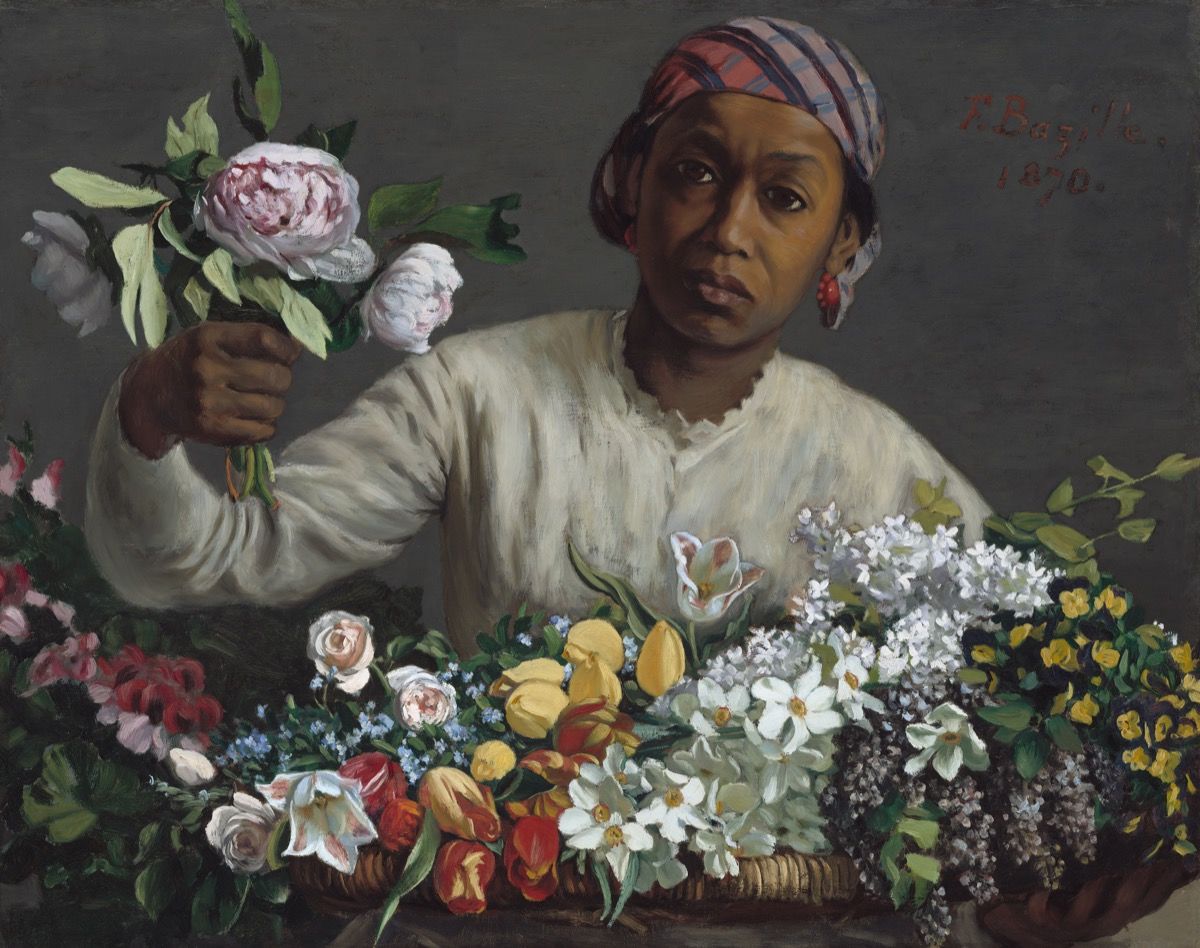
Frédéric Bazille, Young Woman with Peonies, 1870. Courtesy of the National Gallery of Art, Washington, DC, via Artsy
UCLA Study Holds Smithsonian Accountable for Better Institutional Latino Representation
One of the study’s authors, Chon Noriega, discusses the results and why they are indicative of a widespread problem in the art world. (Hyperallergic)
Seizing the Teachable Moment: Kavanaugh Confirmation
“That’s one of the key reasons for a pop-up approach: to capture energy and guide that power to good ends.” (Inside Higher Ed)
San Francisco Decrees 30 Percent of City’s Public Art to Depict Historical Women
San Francisco unanimously passed an ordinance stipulating that at least 30 percent of the city’s public art must depict nonfictional women. (Artforum)
Collector Peggy Cooper Cafritz Bequeaths More Than 600 Works to the Studio Museum and Duke Ellington School of the Arts
The bequest has been called the largest-ever donation of contemporary artworks by artists of African descent. (artnet News)
I Attended an Academic Conference and Didn’t Go to Any Sessions
We definitely recommend going to sessions. But don’t forget to take advantage of all the resources a conference can offer. (University Affairs)
Rediscovering the Black Muses Erased from Art History
Art historian Denise Murrell’s investigations into the understudied black muses of art history are the subject of her thesis, and now an exhibition. (Artsy)
Now Accepting Applications for the Art History Special Exhibition Travel Fund
posted by CAA — October 16, 2018
In August, we announced that CAA received a major anonymous gift of $1 million to fund travel for art history faculty and their students to special exhibitions related to their classwork. We’re pleased to now be accepting applications for the newly created Art History Special Exhibition Travel Fund.
The fund is designed to award up to $10,000 to qualifying undergraduate and graduate art history classes to cover students’ and instructors’ costs (travel, accommodations, and admissions fees) associated with attending museum special exhibitions throughout the United States and worldwide. The purpose of the grants is to enhance students’ first-hand knowledge of original works of art.
Applications are due by January 15, 2019.
GUIDELINES
- These awards support student and instructor travel costs incurred while visiting museum special exhibitions in the United States and worldwide.
- Graduate and undergraduate art history classes are eligible to apply for funds to attend temporary museum exhibitions (not exhibitions on permanent display) in the United States and other countries. Exhibitions on any artist, period, or area of art history are eligible for funding.
- Awards are made directly to institutions whose membership in CAA is in good standing. Applicant instructors must be individual members of CAA in good standing. Funds may only be used to travel to exhibitions that correspond directly to the content of the class. Ideally, classes will be no larger than fifteen students and planned to benefit from the special exhibition (for instance, a seminar on the subject of the exhibition).
- Awards may only be used for admission fees, travel and lodging expenses for the instructor and class members. Every attempt to attain group rates must be made.
Completed applications must include the following:
- An application form
- Instructor’s curriculum vitae
- A course description and syllabus that identifies and explains the exhibition as part of the pedagogical aim of the course
- An explanation of the instructor’s expertise in the subject matter of the exhibition
- A tentative itinerary of travel and lodging
- A budget detailing transportation and lodging expenses associated with traveling to and from the exhibition and lodging and admission costs, including an explanation of how any travel and accommodation funds in excess of the award will be raised
- A letter of support from the instructor’s department chair or dean
AWARDS
Awards will not exceed $10,000 per class, per exhibition.
ANNUAL CONFERENCE
Recipients of the award will be guaranteed a session at the subsequent CAA Annual Conference after their travel has ended. CAA will make the session available, but costs associated with attending the conference, including registration, membership, travel, and accommodation, will be the participants’ responsibility.
TIMELINE
The deadline for application materials is January 15, 2019.
Sarah Berkeley and Steve Snell
posted by CAA — October 15, 2018
The weekly CAA Conversations Podcast continues the vibrant discussions initiated at our Annual Conference. Listen in each week as educators explore arts and pedagogy, tackling everything from the day-to-day grind to the big, universal questions of the field.
CAA podcasts are now on iTunes. Click here to subscribe.
This week, Sarah Berkeley and Steve Snell discuss performance art.
Sarah Berkeley is an artist who works across media questioning cultural norms such as the 9:00 to 5:00 work day, the office environment, indoor living, gender stereotypes, and the voluntary sharing of personal data.
Steve Snell is an assistant professor in the Foundation Department at the Kansas City Art Institute whose work is inspired by American history, mythology, and the image (and experience) of adventure.



